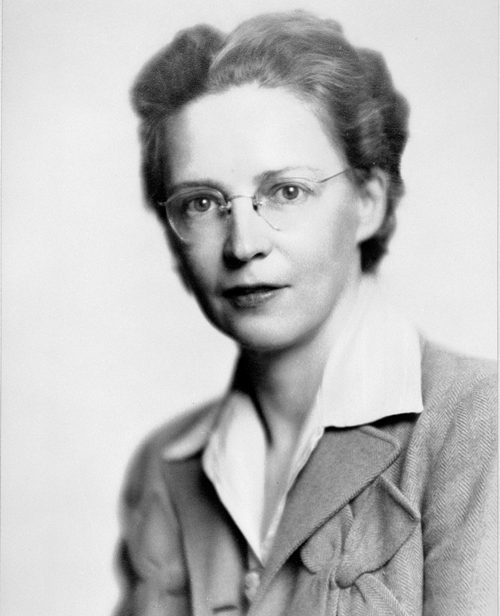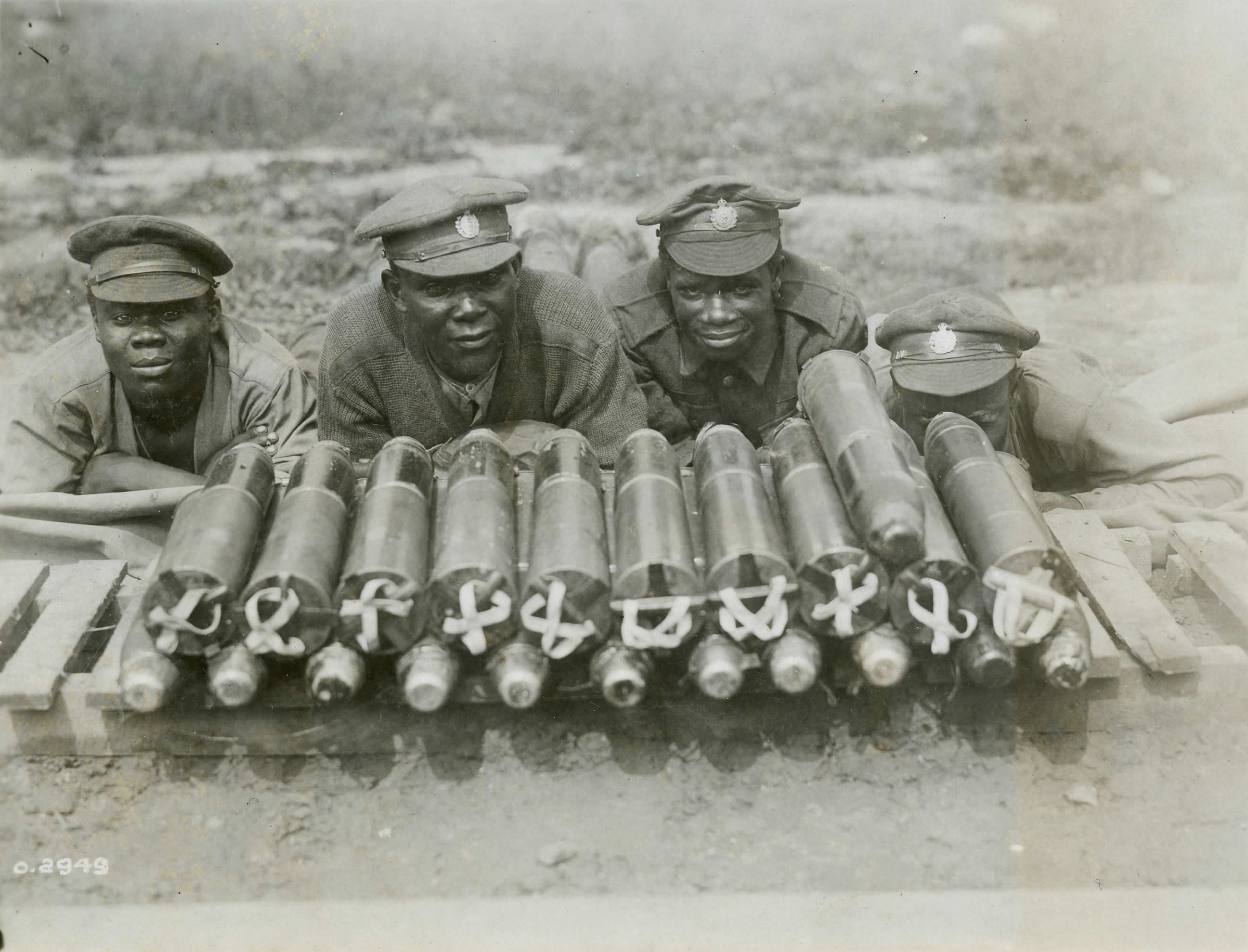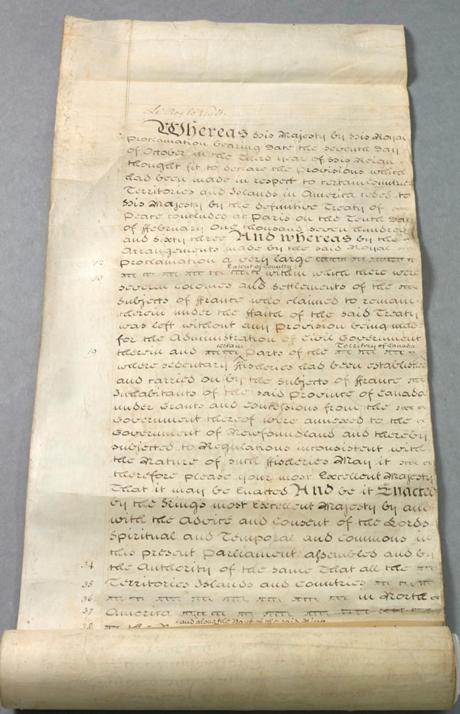Article
The Burning of Washington
In the final summer of the War of 1812, British presence in the Chesapeake region was strengthened in an effort to divert the American forces from the frontiers of Upper and Lower Canada.

Enter your search term
Signing up enhances your TCE experience with the ability to save items to your personal reading list, and access the interactive map.
Create AccountArticle
In the final summer of the War of 1812, British presence in the Chesapeake region was strengthened in an effort to divert the American forces from the frontiers of Upper and Lower Canada.
"https://d3d0lqu00lnqvz.cloudfront.net/media/media/07db67ae-df36-4c64-b774-750df91b2db9.jpg" // resources/views/front/categories/view.blade.phphttps://d3d0lqu00lnqvz.cloudfront.net/media/media/07db67ae-df36-4c64-b774-750df91b2db9.jpg

Article
Canada, as part of the British Empire, found itself at war on 4 August 1914. Yet Canadians would decide the extent of their commitment to the war. With no air force, a puny navy, and a professional army of a mere 3,100 men, the soon-to-be Canadian Expeditionary Force (CEF) would consist of citizen soldiers from across the Dominion.
"https://d3d0lqu00lnqvz.cloudfront.net/media/media/b00ddf7f-b199-4bd3-95d9-41f5430c22bf.jpg" // resources/views/front/categories/view.blade.phphttps://d3d0lqu00lnqvz.cloudfront.net/media/media/b00ddf7f-b199-4bd3-95d9-41f5430c22bf.jpg

Editorial
The following article is an editorial written by The Canadian Encyclopedia staff. Editorials are not usually updated.
"https://d3d0lqu00lnqvz.cloudfront.net/media/media/60ad4bbe-5c2b-4bbb-bd25-be7af3c895d3.jpg" // resources/views/front/categories/view.blade.phphttps://d3d0lqu00lnqvz.cloudfront.net/media/media/60ad4bbe-5c2b-4bbb-bd25-be7af3c895d3.jpg

Article
The Canadian War Museum, whose roots travel back to 1880, was the first national history museum, but it was also one of the most neglected of federal institutions. Its usual fate was pedestrian quarters, meagre financial resources, and a miniscule staff.
"https://d3d0lqu00lnqvz.cloudfront.net/media/media/964b41f7-a913-4186-8d4f-5950cf48ea1b.jpg" // resources/views/front/categories/view.blade.phphttps://d3d0lqu00lnqvz.cloudfront.net/media/media/964b41f7-a913-4186-8d4f-5950cf48ea1b.jpg

Article
By December 1837 and January 1838, rebels from Upper and Lower Canada had suffered heavy defeats at the hands of British and Loyalist forces. (See: Rebellion in Lower Canada; Rebellion in Upper Canada.) They fled to the United States to seek financial and military assistance. The American public was aware that there had been armed conflicts in the Canadas. Many were even initially supportive. However, the presence of Canadian rebels on American soil forced many to question American involvement. The growing tensions with Great Britain over the Caroline Affair complicated matters. The creation of the Republic of Texas and the fight over the abolition of slavery were also factors. In January 1838, US President Martin Van Buren took steps to ensure America’s neutrality in the Canadian rebellions.
"https://d3d0lqu00lnqvz.cloudfront.net/media/media/a4abe204-c34a-4e1d-95d4-4b754e7b9598.jpg" // resources/views/front/categories/view.blade.phphttps://d3d0lqu00lnqvz.cloudfront.net/media/media/a4abe204-c34a-4e1d-95d4-4b754e7b9598.jpg

Article
The Elsie Initiative for Women in Peace Operations is a Canadian-led multilateral project aimed at increasing women’s meaningful participation in peace operations. Named after aeronautical engineer and women’s rights pioneer Elsie MacGill, the initiative figures into Canada’s feminist foreign policy and Global Affairs Canada’s commitment to the United Nations’ Women, Peace and Security agenda (see Canada and Peacekeeping).
"https://d3d0lqu00lnqvz.cloudfront.net/media/media/008643e1-8d7f-4f2b-85d8-7c3f94caecd6.png" // resources/views/front/categories/view.blade.phphttps://d3d0lqu00lnqvz.cloudfront.net/media/media/008643e1-8d7f-4f2b-85d8-7c3f94caecd6.png

Article
The Governor General's Foot Guards Band, Ottawa. Volunteer militia band formed soon after the establishment of the regiment in 1872. Based on the personnel of the Ottawa Brigade Artillery Band, the ensemble made its debut 15 Jun 1872 under its first director, John C. Bonner.
"https://www.thecanadianencyclopedia.ca/images/tce_placeholder.jpg?v=e9dca980c9bdb3aa11e832e7ea94f5d9" // resources/views/front/categories/view.blade.phphttps://www.thecanadianencyclopedia.ca/images/tce_placeholder.jpg?v=e9dca980c9bdb3aa11e832e7ea94f5d9

Macleans
IT'S BEEN 90 YEARS now since the Guns of August began to fire, and the smoke has yet to clear from the world they made. The fault lines of modern history - from the quagmire in Iraq through Yugoslavia's implosion to the Cold War and beyond - all branch back to the cataclysm of 1914-1918.This article was originally published in Maclean's Magazine on November 8, 2004
"https://www.thecanadianencyclopedia.ca/images/tce_placeholder.jpg?v=e9dca980c9bdb3aa11e832e7ea94f5d9" // resources/views/front/categories/view.blade.phphttps://www.thecanadianencyclopedia.ca/images/tce_placeholder.jpg?v=e9dca980c9bdb3aa11e832e7ea94f5d9

Article
The Memory Project is a national bilingual program whose mandate is to record and share the stories of veterans and currently serving Canadian Forces members. The Memory Project has two branches: a Speakers Bureau and an Archive.
"https://d3d0lqu00lnqvz.cloudfront.net/media/media/b5d10d9d-bc08-4d55-969d-32c81691fbeb.jpg" // resources/views/front/categories/view.blade.phphttps://d3d0lqu00lnqvz.cloudfront.net/media/media/b5d10d9d-bc08-4d55-969d-32c81691fbeb.jpg

Article
The Nancy was a schooner built in 1789 at the then-British port of Detroit, by a Montréal shipbuilding company under the supervision of John Richardson (whose daughter's and wife's names were Nancy).
"https://www.thecanadianencyclopedia.ca/images/tce_placeholder.jpg?v=e9dca980c9bdb3aa11e832e7ea94f5d9" // resources/views/front/categories/view.blade.phphttps://www.thecanadianencyclopedia.ca/images/tce_placeholder.jpg?v=e9dca980c9bdb3aa11e832e7ea94f5d9

Article
The New Canadian (1938–2001) was an English-language newspaper published by and for the Japanese Canadian community. Initially, the newspaper was founded as a forum for second-generation Japanese Canadians to express and foster their identity as English-speaking Canadians and to support a mission of “cultural, economic, and political assimilation.” (See also Canadian English; Languages in use in Canada.) The newspaper became the primary source of both English- and Japanese-language news for Japanese Canadians during their forced uprooting from the west coast in the 1940s (see Internment of Japanese Canadians). It continued to be published in the postwar years, with its English-language content shifting towards social and community news while its Japanese-language section grew in importance for pre-war and postwar Japanese immigrants. The newspaper was sold to Japan Communications in 1990 and its final edition was published in 2001.
"https://d3d0lqu00lnqvz.cloudfront.net/thenewcanadian/thenewcanadian.jpg" // resources/views/front/categories/view.blade.phphttps://d3d0lqu00lnqvz.cloudfront.net/thenewcanadian/thenewcanadian.jpg

Interview
No. 2 Construction Battalion, Canadian Expeditionary Force (CEF) — also known as the Black Battalion — was a segregated non-combatant unit during the First World War. It was the largest Black unit in Canadian military history. This is their story.
"https://d3d0lqu00lnqvz.cloudfront.net/media/media/6421f56d-9180-4137-ad07-62e0a47e8141.jpg" // resources/views/front/categories/view.blade.phphttps://d3d0lqu00lnqvz.cloudfront.net/media/media/6421f56d-9180-4137-ad07-62e0a47e8141.jpg

Editorial
The following article is an editorial written by The Canadian Encyclopedia staff. Editorials are not usually updated.
"https://d3d0lqu00lnqvz.cloudfront.net/media/media/30d46f28-8fea-44c4-9c87-e552ab723c5c.jpg" // resources/views/front/categories/view.blade.phphttps://d3d0lqu00lnqvz.cloudfront.net/media/media/30d46f28-8fea-44c4-9c87-e552ab723c5c.jpg

Article
In 1759, the British defeated the French on the Plains of Abraham. Soon after, the British took control of Quebec (see also The Conquest of New France.) The Quebec Act of 1774 was passed to gain the loyalty of the French who lived in the Province of Quebec. The Act had serious consequences for Britain’s North American empire. The Quebec Act was one of the direct causes of the American Revolution. (This article is a plain-language summary of The Quebec Act, 1774. If you are interested in reading about this topic in more depth, please see our full-length entry on The Quebec Act, 1774.)
"https://d3d0lqu00lnqvz.cloudfront.net/media/media/bcf0dcc3-ce34-4098-8543-00bcccbaabe0.jpg" // resources/views/front/categories/view.blade.phphttps://d3d0lqu00lnqvz.cloudfront.net/media/media/bcf0dcc3-ce34-4098-8543-00bcccbaabe0.jpg

Article
The Royal 22e Régiment (R22eR) is one of the three infantry regiments of the Canadian Regular Force (see Canadian Armed Forces). It is a francophone regiment made up of five battalions, of which three belong to the Regular Force and two to the Reserve Force. In 2014, the R22eR celebrated its 100th anniversary. Its headquarters are at the Citadelle de Québec. The regiment has participated in all of Canada’s major military engagements since the First World War, including the United Nations peace missions and the campaign in Afghanistan.
"https://d3d0lqu00lnqvz.cloudfront.net/R22eR/R22eR_in_Korea.jpg" // resources/views/front/categories/view.blade.phphttps://d3d0lqu00lnqvz.cloudfront.net/R22eR/R22eR_in_Korea.jpg
